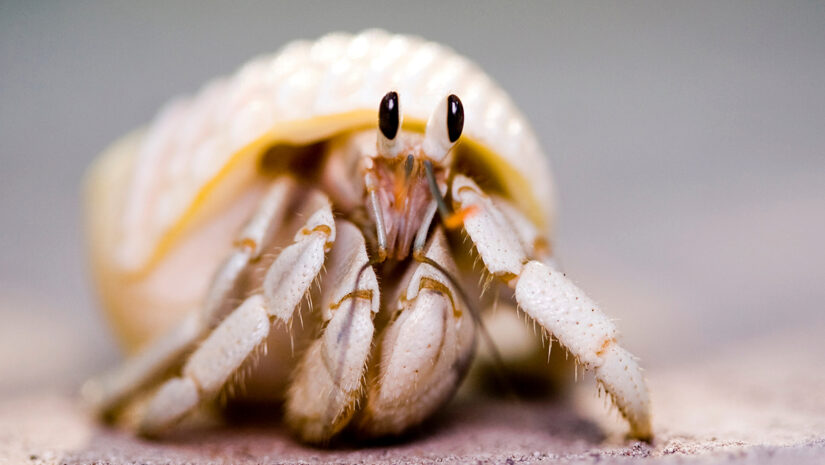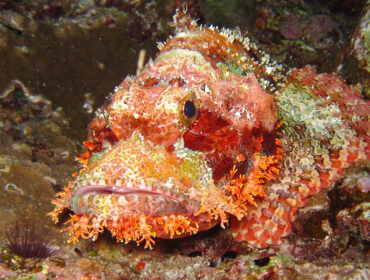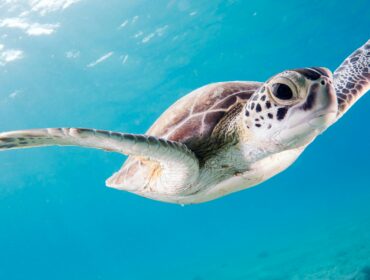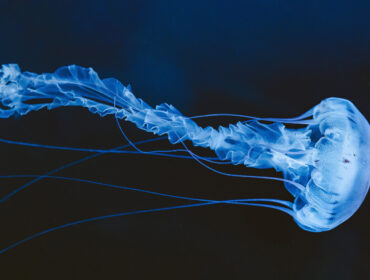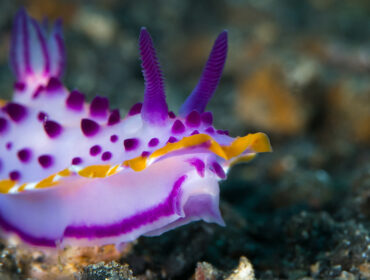The ocean’s intertidal zone goes by several names, including foreshore, seashore, and even the more scientific littoral zone. Still, no matter what you call it, it is a fascinating place teeming with life. As the tide goes in and out, creatures of all shapes and sizes come out to hunt or retreat for safety in the shallow rock pools and inshore waters that make up this ecosystem. Let’s learn a little about just five marine creatures in the intertidal zone.
Rock Goby
The rock goby averages just over 4.5 inches long and is found primarily in the North Atlantic. It is so named because it is a resident of rock pools that form when the tide recedes, where the females often lay their eggs. It has a splotchy coloration, creating an effective camouflage alongside or beneath rocks. This species can also occasionally be found in fresh or brackish water.
Longspined Bullhead
This species, sometimes called a sea scorpion, is also a part-time resident of rock pools. It has black eyes, a large mouth with two finger-like appendages to help catch prey, and four spines with various colors to offer masterful camouflage in rock pools. The longspined bullhead can change color to match its surroundings and hide from predators—an intriguing marine creature of the intertidal zone.
Blenny
Unlike the previous two species, common blennies are territorial and often stay in the same rock pool as tides change. They are small (around 6 inches on average) and can also crawl on dry land with their unique paired fins. They are covered with a layer of slime that oddly helps in their land ventures. As long as the slime doesn’t dry out, they can “breathe” on land, which allows them to survive during tidal shifts.
Limpet
Limpets are cone-shelled gastropods or sea snails that traverse rocks in tide pools. Their shells are most often found intact on surrounding beaches worldwide. Unlike barnacles or mussels, limpets are not anchored to their location and can move. When the tide becomes strong, they create suction between themselves and the rocks with their muscular foot and a layer of adhesive mucus.
Hermit Crab
Ordinary residents of rock pools and marine hermit crabs are well known among marine creatures of the intertidal zone for their behavior of inhabiting discarded shells, usually those of sea snails. The tip of their abdomen binds to the shell’s inside, which they eventually shed as they grow more significant (or find another shell they can’t resist). Hermit crabs will even take on inorganic housing if they think it’s attractive, like a discarded cup or soda can.

